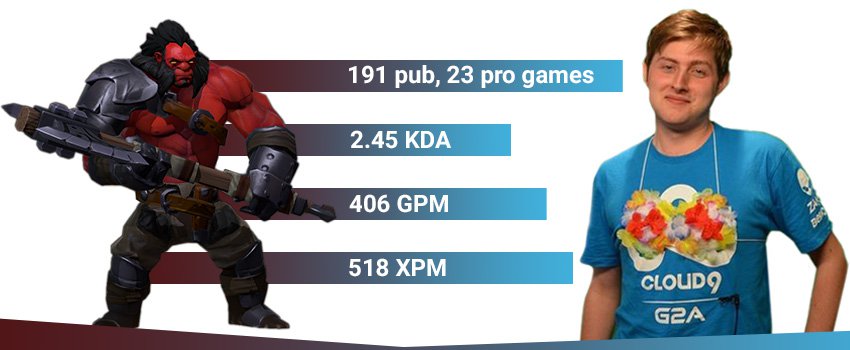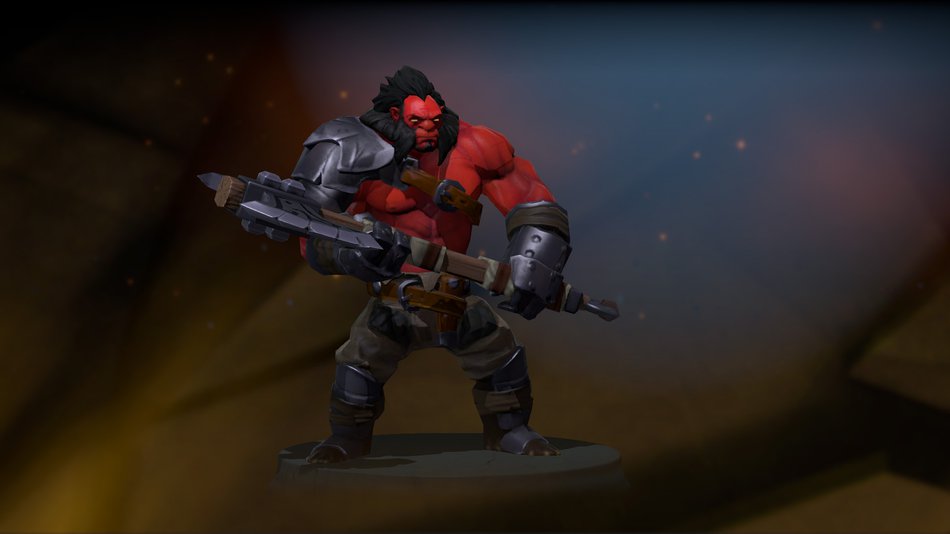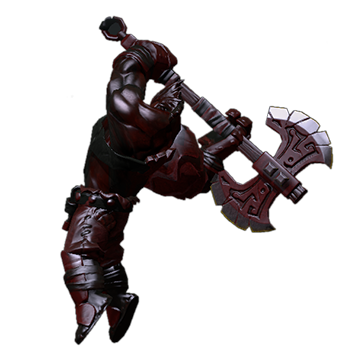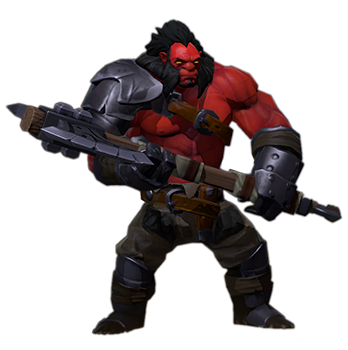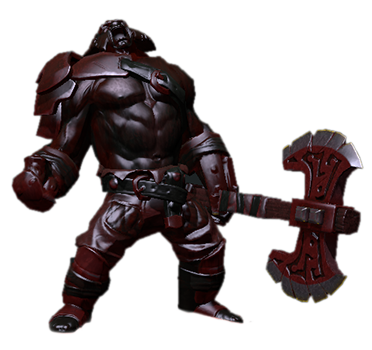Counter-initiation:
Since you are the initiator, your major concern is how to start the fight. Ideally, you want to disable multiple units with your Berserker’s Call. The easiest way to do this is to counter-initiate when the enemy team is collapsing on an ally. Even though you are likely to be the tankiest hero on the team, sometimes the best decision is to be patient and to enter the fight at the right moment rather than to be at the front lines from the start.
Single target initiation:
The other alternative you have is to try to find an important pick-off at the start of the fight. If your team has good nuke damage you can simply initiate even on one target, allow your allies to follow-up and nuke the enemy hero down with the help of Culling Blade. If you are successful you will be able to fight 5v4 and even more importantly – the MS buff from Culling Blade will make it harder for your opponents to disengage.
Of course, the risk of doing this kind of fight initiation is that you open yourself to the counter-initiation of the enemy team. Even if they cannot reach your teammates, you could get nuked down with magic and pure damage. If you have good farm, however, (most importantly for this case BKB) it will be very hard for the enemy team to focus you down because of your tankiness.
Make sure not to over-extend, however. If you drag your allies too deep into the fight the enemy team would be able to ignore you and focus them instead.
Focusing the right target is also extremely important. For example, if you jump on the enemy initiator and nuke him down your teammates wouldn’t have to be afraid of the counter-initiation. Alternatively, if you have Blade Mail and you jump on a hard-hitting enemy carry you could, in theory, nuke it down very fast and eliminate the biggest damage dealer.
Bringing targets out of position:
Remember that with Call you can make targets chase after you, especially if they are melee heroes. This is extremely efficient if you have Force Staff. This gives you the option to Call the front line hero from the enemy lineup and to make it overextend so that your teammates can focus it down while the enemy team is too far to help right away. This is still a risky move, though. You are disabling a single hero, which means that the rest of the team is free to focus you down after your initiation. Because of this, the best opportunity to make this move is when you know the positioning of your opponents and you know the rest of the enemy team wouldn’t be able to easily counter initiate (in other words you are catching heroes out of position).
Disengaging:
Your Call has quite a short CD (10 sec call, 12sec Blink Dagger). This means that after your initial initiation you can disengage (easier with Force Staff), wait for your abilities to cool down and re-initiate.
Utility:
Besides initiating as best as you can, the second thing you need to make sure is that you land correctly your first Culling Blade. If you miss, it will go into CD and your team wouldn’t be able to benefit from big AS and MS boost, which is very important for team fights.
Last, cast Battle Hunger on a target which would have trouble getting a last hit in order to gain the MS boost. When chasing after your opponents cast it on the target you want to catch


